 Admittedly, I don’t know a lot (yet) about raw foods, but one time my friend Jason took me to an ah-mazing raw restaurant called Pure Food and Wine in New York City. I remember ordering lasagna or something that in my brain I just couldn’t imagine being prepared without an oven, and yet, there it was beautifully plated in front of me and divinely delicious. I’ve also eaten remarkable raw vegan fare at Luna’s Living Kitchen in Charlotte, NC, and try to dine there as often as possible.
Admittedly, I don’t know a lot (yet) about raw foods, but one time my friend Jason took me to an ah-mazing raw restaurant called Pure Food and Wine in New York City. I remember ordering lasagna or something that in my brain I just couldn’t imagine being prepared without an oven, and yet, there it was beautifully plated in front of me and divinely delicious. I’ve also eaten remarkable raw vegan fare at Luna’s Living Kitchen in Charlotte, NC, and try to dine there as often as possible.
Recently my friend Karen bought her very own Vitamix (I may have forced her into its purchase) and she is over the moon excited about all she’s able to do with it! (Note: This is not a paid endorsement from Vitamix, but if they’d like to pay me for the regular endorsements I give to them I will be happy to take their money.) She’s making her own almond butter, hummus, smoothies, soups, and the list probably goes a lot longer but unfortunately I’m not at her house every day (Arminda makes a sad face because she loves being at Karen’s house), so can’t regale you with all the yumminess coming out of Karen’s Vitamix.
Turns out that Karen has attended a couple of raw food non-cooking classes offered at Baptist Hospital in Winston Salem and she’s LOVING THEM! Karen was kind enough to share a recent recipe for corn chowder that I’m sharing with you in today’s post!
This literally took me less than 15 minutes to prepare and then tasted so good I savored it for almost as long! You will need a high-powered blender (like a Vitamix) to make it. I suppose a strong immersion blender might work? Hmmmm. Well, maybe not because the cashews need to be blended sufficiently – and make the creamy base. Okay, it’s decided – we’re back to needing a high-powered blender.
A few clarifications about a raw food diet from about dot com/raw food diet page:
The raw food diet is based on the belief that the most healthful food for the body is uncooked. Although most food is eaten raw, heating food is acceptable as long as the temperature stays below 104 to 118 degrees Fahrenheit (the cutoff temperature varies among those in the raw food community).
Cooking is thought to denature the enzymes naturally present in food. According to raw foodists, enyzymes are the life force of a food, helping us to digest food and absorb nutrients. If we over consume cooked food, our bodies are forced to work harder by producing more enzymes. Over time, a lack of enzymes from food is thought to lead to digestive problems, nutrient deficiency, accelerated aging, and weight gain.
Cooking food can diminish its nutritional value. For example, the cancer-fighting compounds in broccoli, sulforaphanes, are greatly reduced when broccoli is cooked. Certain vitamins, such as vitamin C and folate, are destroyed by heat. Other foods, however, become more healthful after cooking, because the fibrous portion is broken down. For example, cooked tomatoes contain three to four times more lycopene than raw tomatoes.
Cooking also promotes the formation of potentially harmful compounds in food during high heat cooking, such as advanced glycation end products and heterocyclic amines.

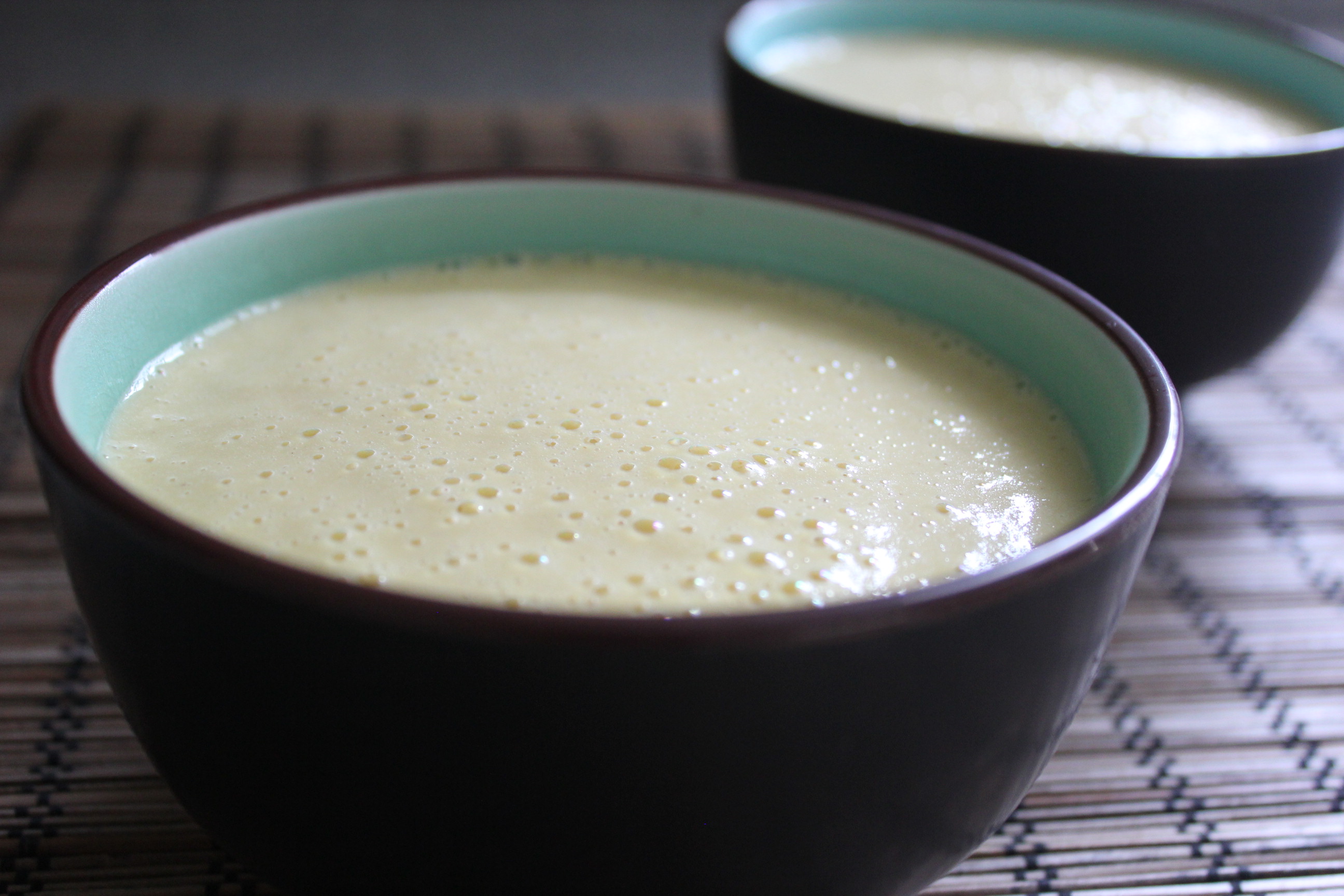
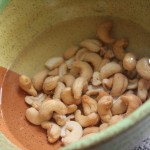
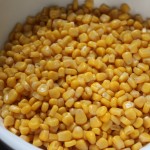
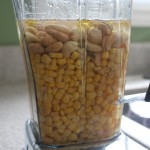
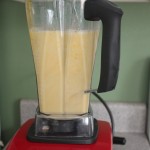



I didn’t know that about tomatoes! Fascinating!
Her foods are always simple and delicious. I’m thinking of using this chowder with other things like maybe lima beans?
Fabulous post. Thanks for sharing!